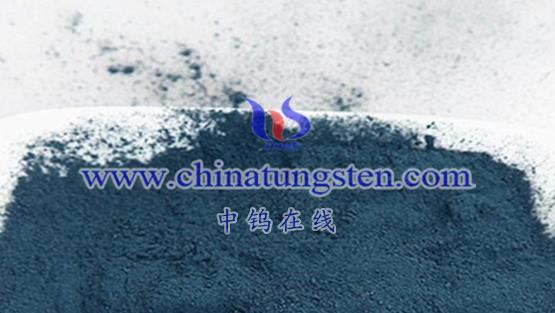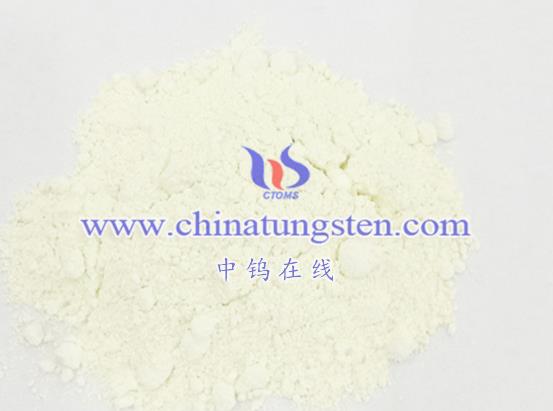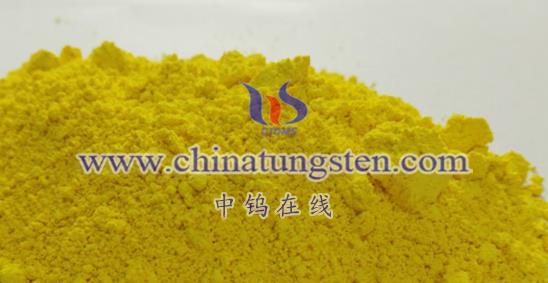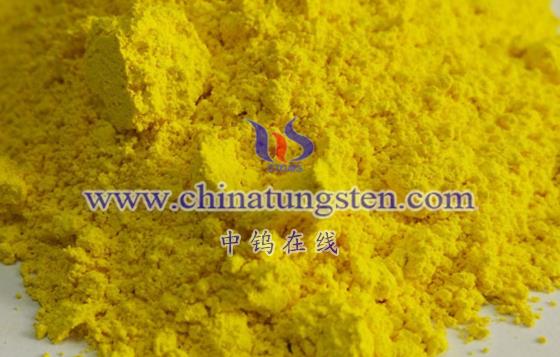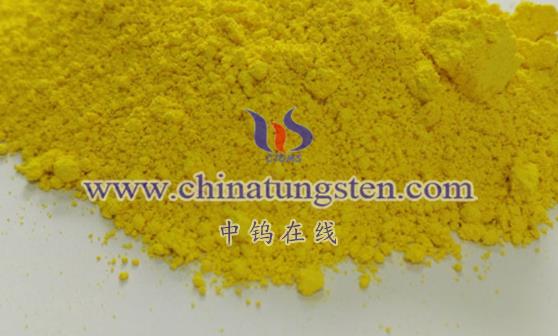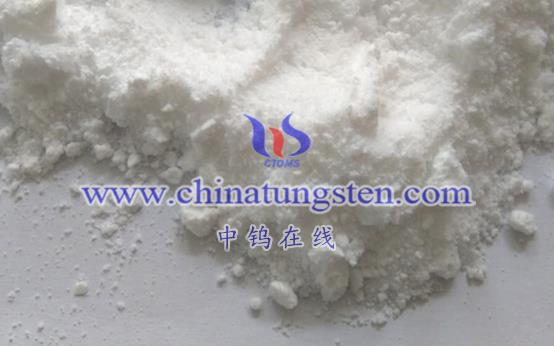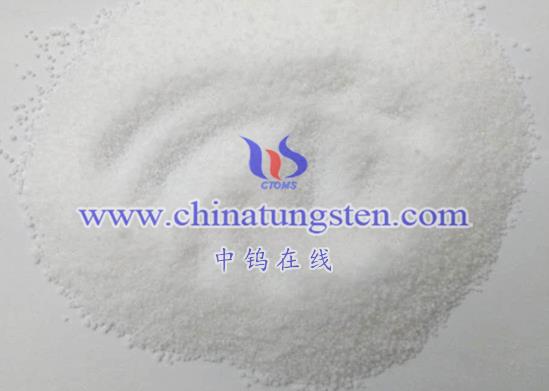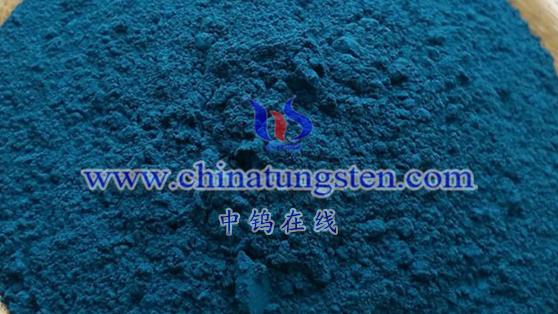
The primary differences between non-stoichiometric tungsten oxides and stoichiometric tungsten oxides (such as WO₃, tungsten trioxide) lie in the oxygen content and the resulting physical and chemical properties. Here’s a detailed explanation of these differences:
- Oxygen Content Differences
- Stoichiometric Tungsten Oxide (WO₃) In stoichiometric tungsten trioxide, each tungsten atom is combined with three oxygen atoms, forming a stable tungsten trioxide compound.
- Non-Stoichiometric Tungsten Oxide In non-stoichiometric tungsten oxides, the oxygen content deviates from the standard 1:3 ratio of tungsten to oxygen. This deviation can result from variations in preparation conditions (such as temperature, pressure, atmosphere, etc.) or interactions with the environment during subsequent processing or usage.
- Physical and Chemical Property Differences
- Crystal Structure Due to the variation in oxygen content, the crystal structure of non-stoichiometric tungsten oxides may differ from that of standard tungsten trioxide. These structural differences can lead to unique physical and chemical properties in non-stoichiometric tungsten oxides.
- Catalytic Activity Non-stoichiometric tungsten oxides often exhibit higher catalytic activity due to their non-stoichiometric nature. They can serve as catalysts or catalyst supports, facilitating various chemical reactions.
- Electrical and Optical Properties Non-stoichiometric tungsten oxides may also possess exceptional electrical and optical properties. For example, cesium-doped tungsten oxide (CsxWO3) exhibits excellent electrochromic properties, allowing it to change its optical characteristics under an applied voltage.
- Color Changes Some non-stoichiometric tungsten oxides, such as blue tungsten oxide (WO₂.₉), can change color under light and revert to their original color in the absence of light. This color-changing property makes them suitable for electrochromic applications.
- Application Field Differences
- Stoichiometric Tungsten Oxide (WO₃) Tungsten trioxide, as a significant inorganic compound, has a wide range of applications. It can be used to produce tungsten metal powders and tungsten carbide powders, as well as serving as a coloring agent in ceramics and an analytical reagent.
- Non-Stoichiometric Tungsten Oxides Due to their unique physical and chemical properties, non-stoichiometric tungsten oxides have broader applications. They are used as catalysts, electrochromic materials, gas sensors, and optical materials. For instance, they can be applied as photocatalysts, electrochromic smart window materials, and gas sensors.
In summary, the main differences between non-stoichiometric tungsten oxides and stoichiometric tungsten oxides are related to variations in oxygen content and the resulting differences in physical and chemical properties. These differences grant non-stoichiometric tungsten oxides unique advantages and potential in various applications.
More details of tungsten oxide product, please visit website: tungsten-oxide.com
Please contact CHINATUNGSTEN for inquiry and order of tungsten oxide:
Email: sales@chinatungsten.com
Tel.: 86 592 5129595
